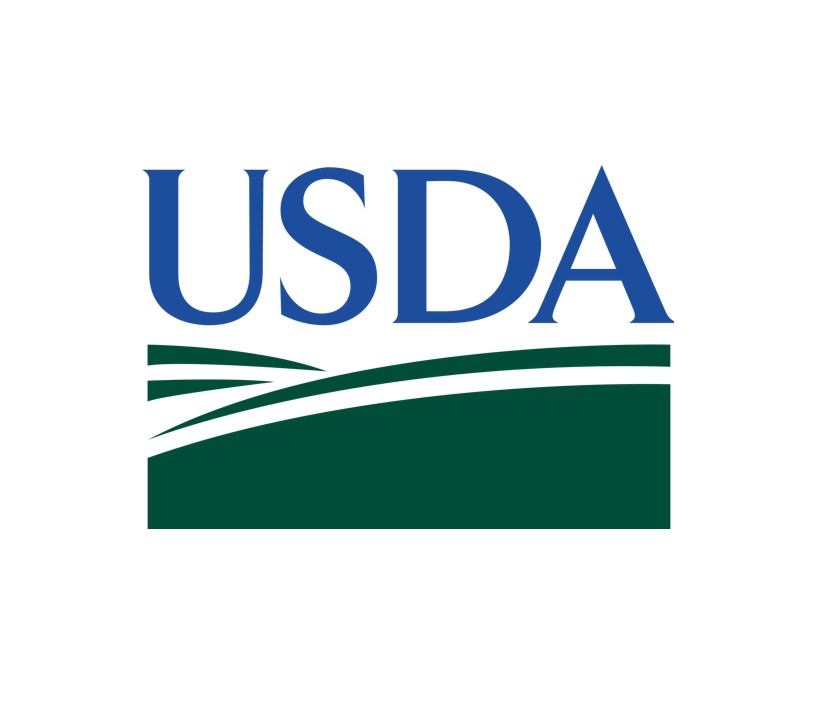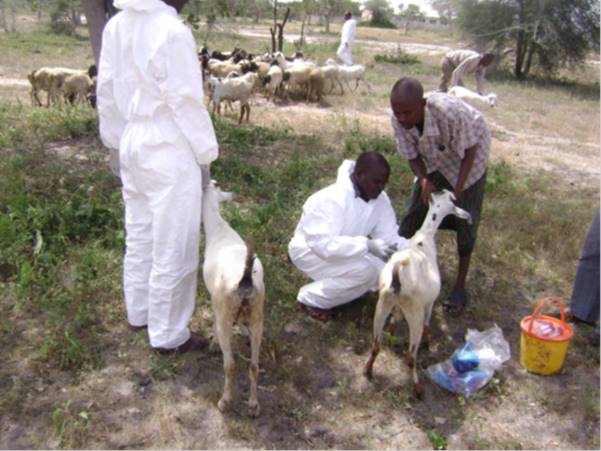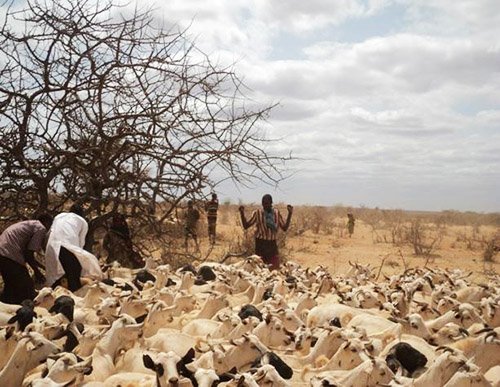



Sheep Goats
Picture © DVS Kenya
Current meteorological conditions suggest that an El Niño event of historic magnitude is possible and imminent. Based on current climate anomalies, NASA predicts a high likelihood for above-normal rainfall and flood conditions to occur over Eastern Africa. As with previous El Niño events, these conditions may drastically increase vector populations (including Aedes species) and therefore the transmission of Rift Valley Fever (RVF).
On 15 September the OIE Representative, Dr Walter Masiga met with the Chief Veterinary Officer for Kenya, Dr Kisa Ngeiywa, to discuss the country’s level of preparedness in the light of a possible RVF outbreak. In line with the recommendations provided to Kenya, the OIE urges all countries in the region at high risk for RVF (Ethiopia, Kenya, South Sudan, Somalia, Tanzania and Uganda) to urgently evaluate and update, where appropriate, their national Contingency Plans using a One Health approach. The use of tools developed jointly by OIE/WHO/World Bank with the support of FAO Integrated IHR – PVS tool and Trans-sectorial Coordination Framework) is highly recommended. In line with the conclusions of the OIE/FAO Djibouti conference (April 2015), countries should heighten surveillance in high risk areas, e.g. increased monitoring of sentinel herds where available; and increased surveillance in markets or places where large numbers of animals are traded or congregate.
Countries previously affected by RVF should consider starting carrying out targeted vaccination campaigns in high risk areas.


